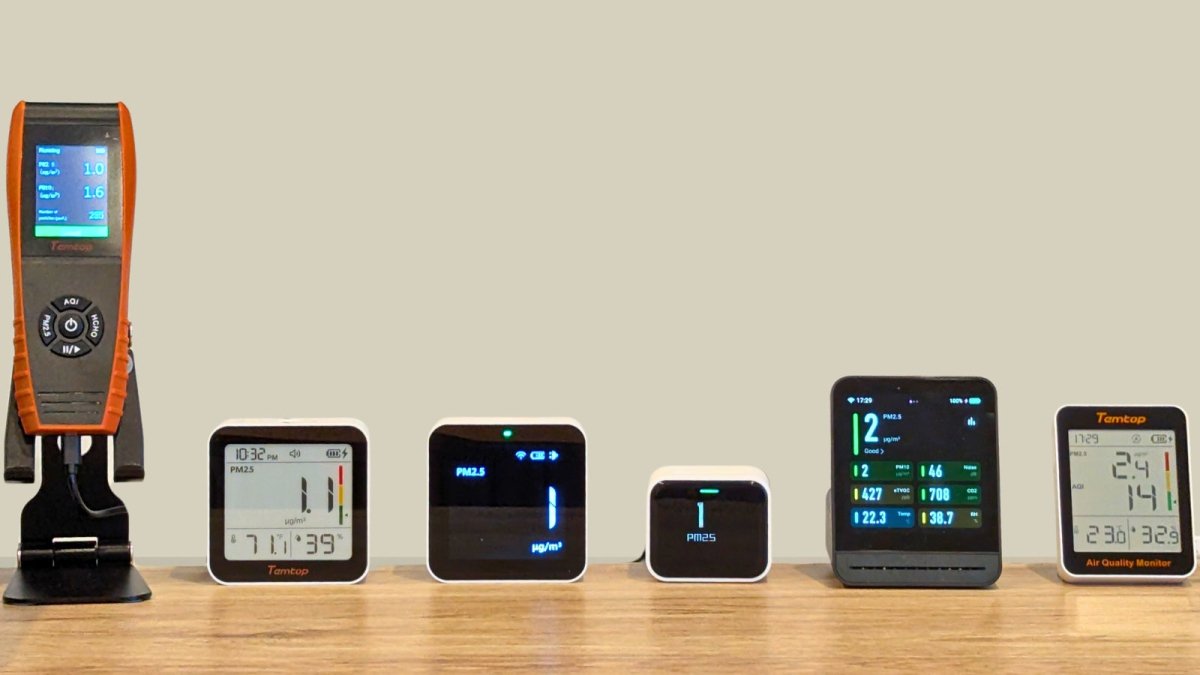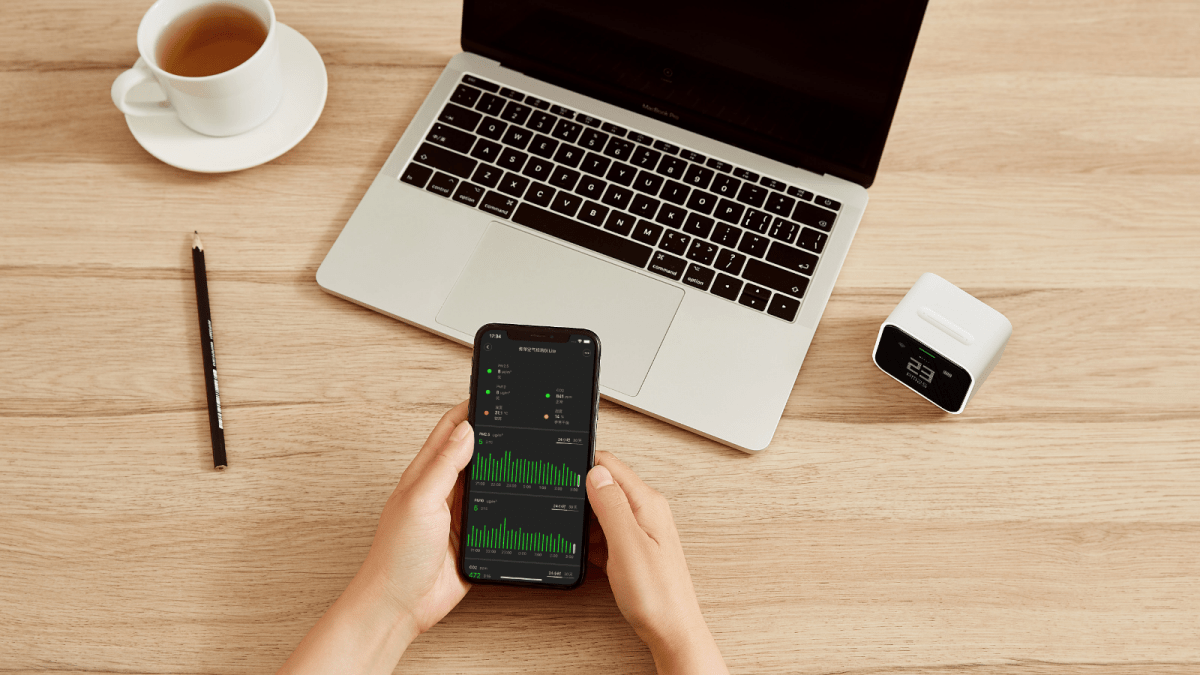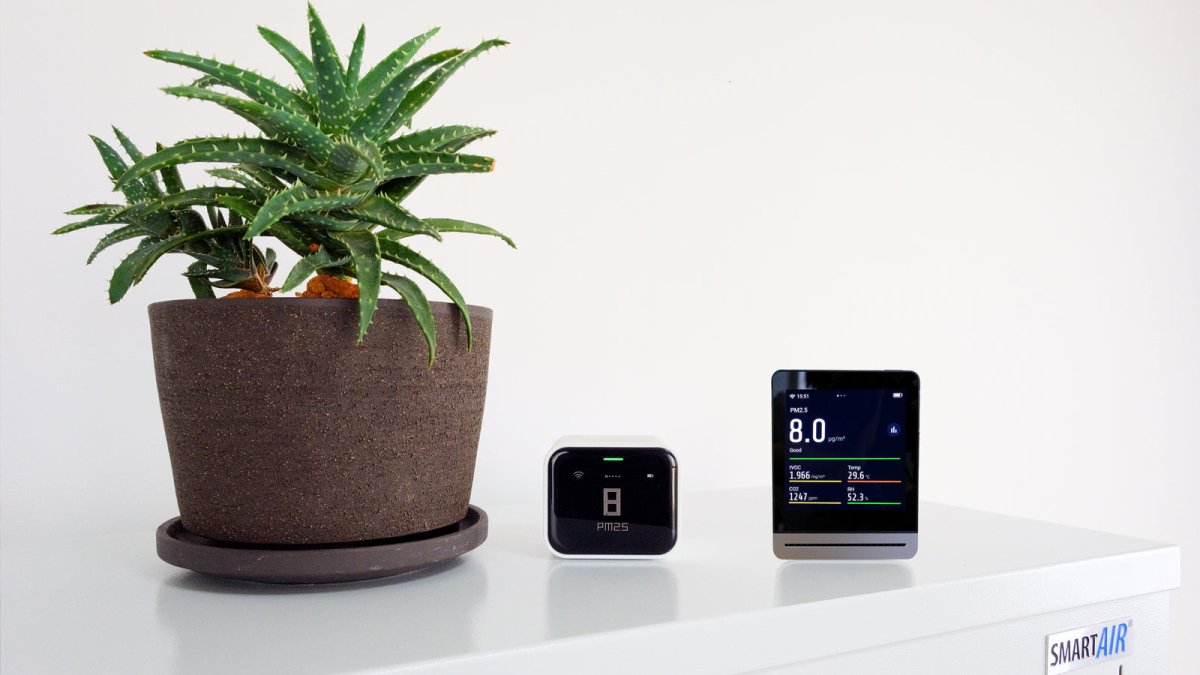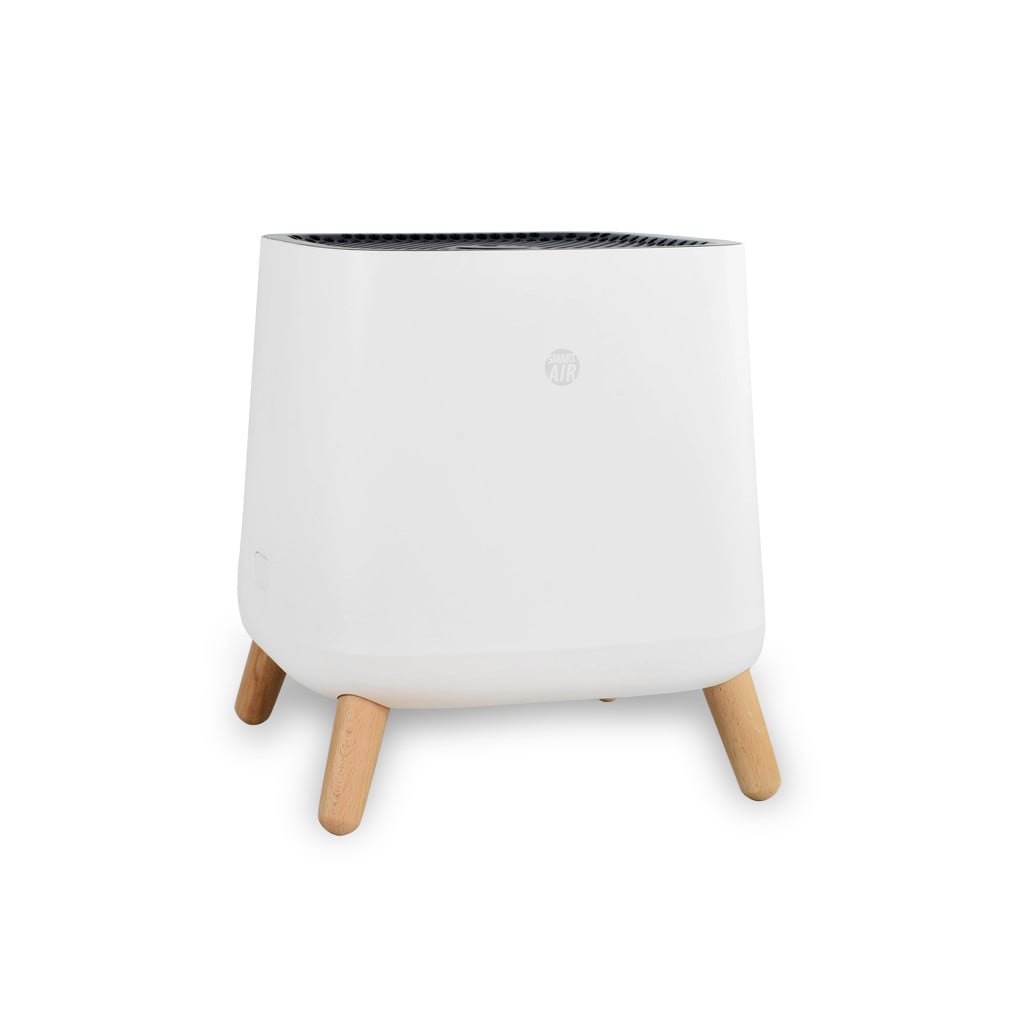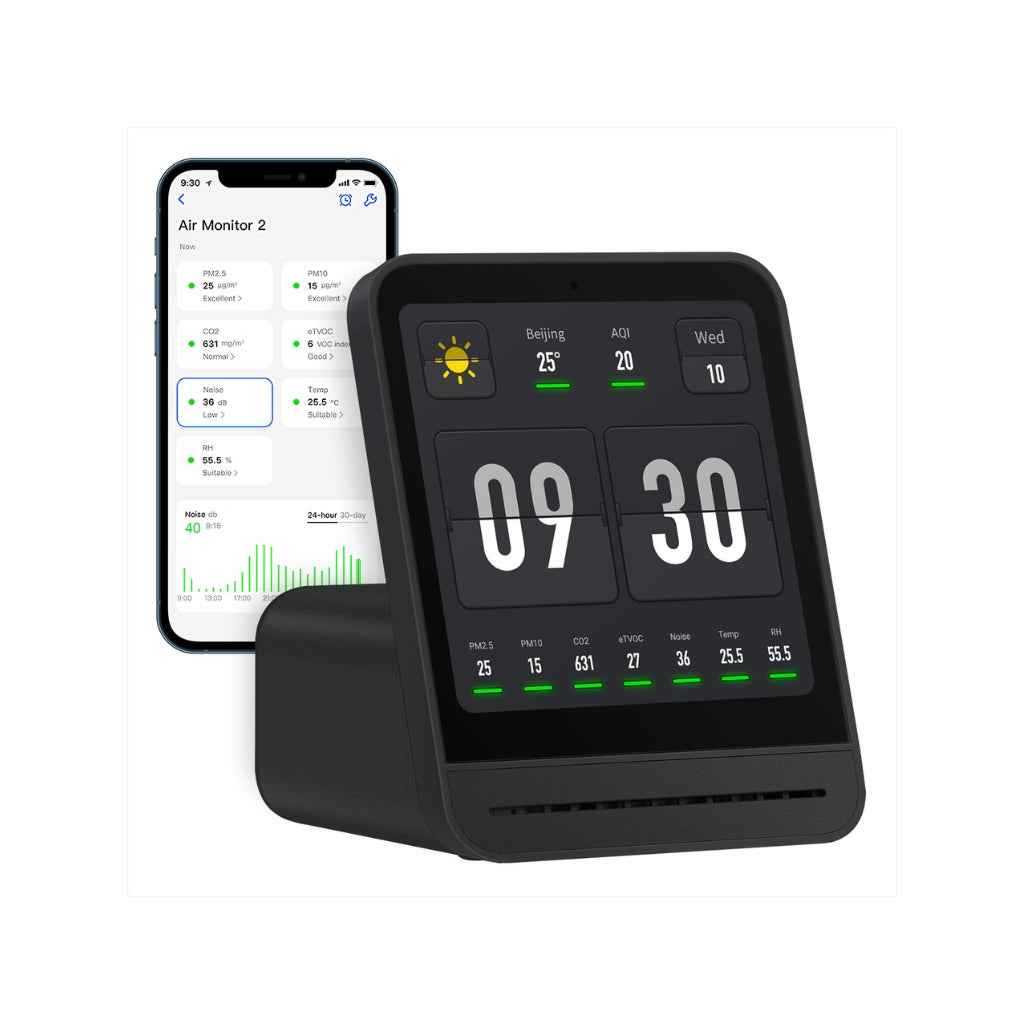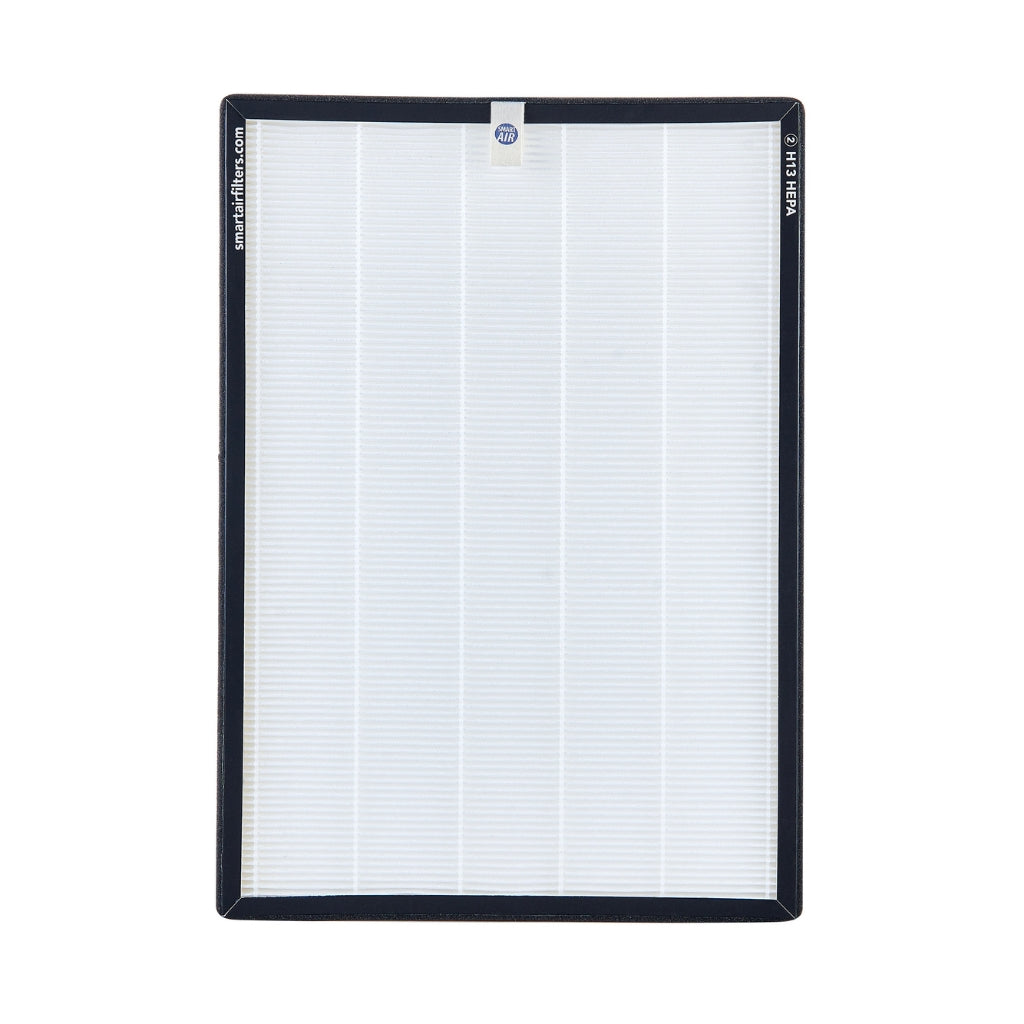Note: The QP Pro has now been replaced by the QP Pro 2 - the same trusted accuracy, in an even better package!
Air quality is an often overlooked yet important aspect of our daily lives, especially given that most of us spend the bulk of our time indoors. How do you measure and ensure the cleanliness of the air you breathe? Even in New Zealand, clean air is not always a given.
Enter: indoor air quality monitors. In today's article, we'll delve deep into two standout models – the QP Pro and QP Lite.
Why You Should Care About Indoor Air Quality
Understanding the quality of the air within your living spaces is essential. Poor indoor air quality can lead to headaches, tiredness, and even respiratory problems. While we may consider ourselves an outdoorsy nation, the reality is we spend a significant amount of time indoors. Given this, it's important to ensure our air is clean and healthy for ourselves and loved ones.
Poor indoor air quality doesn't just mean a bad smell; it poses real health concerns. Factors like poor ventilation, gas stoves, fireplaces, and even outdoor pollutants like pollen and dust can compromise the air we breathe indoors.
Curious about the broader implications of air quality and its importance, especially in the New Zealand context? Dive deep into our guide on air quality to understand this topic in more detail.
The Need for an Air Quality Monitor
As mentioned in our guide on the Importance of Owning an Air Quality Monitor, these devices allow us to gauge indoor air quality, allowing you to take corrective actions when necessary. Air quality monitors measure the concentration of pollutants like volatile organic compounds (VOCs), carbon dioxide, and particulate matter.
The true value of air quality monitoring lies in the peace of mind it provides. Assuring you that you're breathing clean air, and avoiding potential health issues down the road. Moreover, when paired with an air purifier, an air quality monitor offers a comprehensive solution for to both monitor and clean your air.
Understanding Key Pollutants: Particulate Matter, tVOC, and CO2
Particulate Matter (PM): These are tiny particles suspended in the air, and their potential health effects depend on their size. PM2.5 and PM10, for instance, refer to particulate matter with diameters of 2.5 micrometers and 10 micrometers, respectively. They can penetrate deep into the lungs and even enter the bloodstream, posing health risks.
Total Volatile Organic Compounds (tVOCs): VOCs are organic chemicals that become vapors or gases at room temperature. They are emitted from certain solids or liquids, including paints, cleaning supplies, and even some air fresheners. High concentrations can lead to eye, nose, and throat irritation, headaches, and more.
Carbon Dioxide (CO2): A natural component of the air, elevated indoor CO2 levels can indicate poor ventilation. While not directly harmful in usual indoor concentrations, high levels can cause headaches, dizziness, shortness of breath, and impaired cognition.
Comparing the QP Pro and QP Lite
While the choices in New Zealand for indoor air quality monitors are limited, luckily we have the QP Pro and QP Lite which are some of the most accurate air quality monitors in the world!
QP Lite: A portable and lightweight monitor, it measures PM2.5, PM10, CO2, temperature, and humidity. It stands out for its long battery life and remote monitoring capabilities via the Qingping+ app. It also integrates seamlessly with Apple HomeKit or Mi home/Mijia for smart home automation.
QP Pro: More than just a monitor, the Pro offers an HD Retina display and tracks a wider range of metrics, including tVOCs. It also provides outdoor environment data like weather forecasts, AQI, and UV index. Like its Lite counterpart, the Pro connects to Mi home/Mijia and offers remote monitoring via the Qingping+ app.
Accuracy Matters: Outstanding Test Results
Both QP models come backed by Smart Air’s third-party tests, emphasising their reliability. Tests by Smart Air found the QP Pro and Lite to be impressively accurate for their budget-friendly price. In extensive testing, the QP Pro deviated by only 7.9 micrograms on average from official monitors, while the QP Lite was off by just 8.9 micrograms.
Further validation comes from independent third-party tests conducted by the South Coast AQMD, part of the California Government's testing program. Both QP models earned a top 10 spot among 82 monitors tested, with accuracy rates reaching a remarkable 97%.
Final Thoughts
Considering the importance of indoor air quality, having a reliable and accurate monitor becomes an important investment for New Zealanders. The QP Pro and Lite are not only affordable but are also backed by robust testing, ensuring that we get accurate readings to make informed decisions about our indoor environments.
Interested in enhancing your home's air quality? Explore our QP Air Quality Monitors and embark on a journey toward a healthier indoor environment. Stay informed, and breathe easy.
